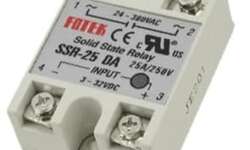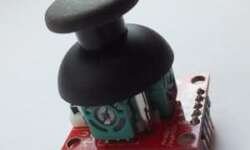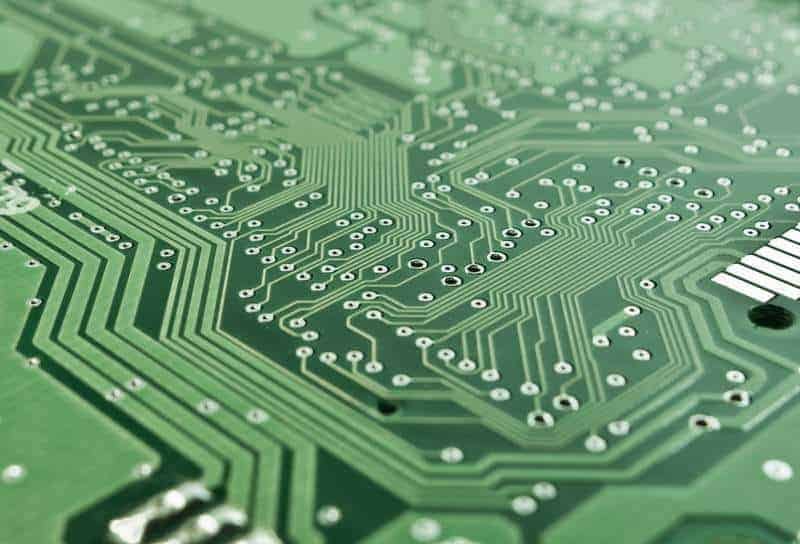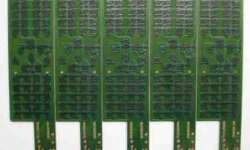General requirements for handling LiPo, LiIon and LiFe batteries
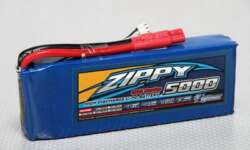
When going portable with your electronics projects or diving into RC hobby, you eventually have to deal with batteries. No secret that best what is available today is lithium batteries. They come in many flavors. Why use lithium battery instead of alkaline or NiMh rechargeable? The short answer is – energy density. Lithium-Ion batteries can store a large amount of energy compared to its weight and can give out large currents. This technology made it possible to enjoy the long and powerful RC model (like quadcopter) flights. To achieve the same results with NiMh, it looks almost impossible due to weight and low current output. Lithium battery technology is constantly improving as different chemistry is used. You can find lots of info about different chemistry of Lithium Ion batteries, so we won’t be getting into this.


